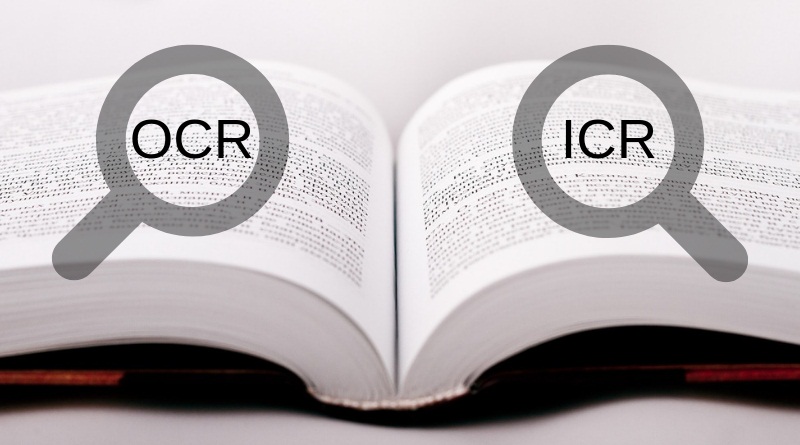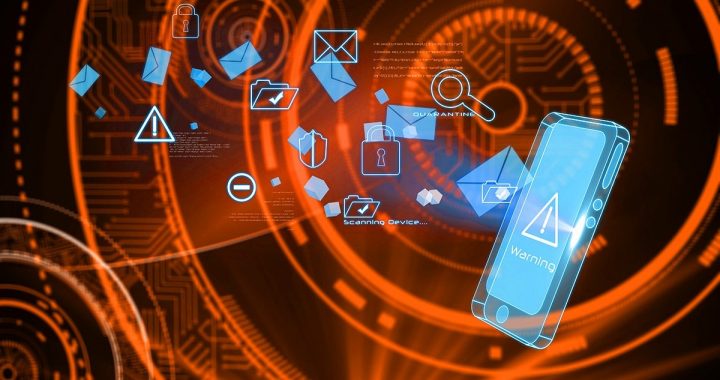OCR ICR Technologies: Reducing the Paperwork and Increasing Efficiency
3 min read
Last Updated on September 27, 2022 by Aaron Thompson
Document management is an important aspect of project-based businesses, and with the right solution, these businesses can easily organize all necessary data. However, many companies rely on scanning systems that just produce an image of a document.
Consequently, unless someone manually enters this information, the photo cannot provide the whole data set included in the document, such as the client name, invoice date, amount, etc.
Recently, the business sector has seen the development of innovative scanning techniques. It can read a document and extract relevant information to make the file searchable and editable. OCR ICR are technologies that reduce the amount of time it takes an employee to manually search for and enter information. These techniques are routinely used by many industries to automate repetitive processes.
ICR vs. OCR – What is the Key Difference?

Computers can convert paper-based documentation into digitally editable forms such as PDFs via optical character recognition technology. A standard office scanner, on the other hand, can only scan and reproduce an unmodified digital photo. OCR works best for businesses with a uniform document structure. It is limited to comparing games using shapes, colors, and patterns. This becomes difficult when trying to interpret human handwriting or complex styles, such as those found on forms and other paperwork. In this scenario, ICR could be advantageous.
Intelligent Character Recognition (ICR) is an improved form of OCR that achieves the same objective. It converts scanned paper documents into editable digital files. ICR varies from OCR in that it uses AI and machine learning to read and understand handwriting and odd styles. It is more adaptable and appropriate for bills whose formatting changes often.
ICR and OCR – A Comprehensive Overview
Computers can scan and detect text hidden in photos using OCR and ICR algorithms. They also turn the information into a searchable and editable document without the intervention of a person. It appears rational to suppose that a computer could accomplish this task quickly because it just requires individuals to read text, which they can easily do.
In reality, creating computer software that identifies text and transforms it into an editable format is a difficult task. When viewing an image, a computer only perceives pixels as distinct features, not backgrounds, lettering, or faces. OCR ICR softwares allows computers to extract text by directing them on which features to look for. However, even this isn’t as straightforward as it looks. This is due to the vast number of text font variations, each of which represents the same digits differently.
5 Main Benefits of OCR ICR for Large Organizations
ICR OCR can help major companies in a number of ways, such as:
1. Eliminate the Need of Manual Data Entry
Manual data entry is time-consuming, expensive, and prone to human error. OCR ICR software helps in the automation of data sources, including their inclusion into a system, eliminating the necessity for manual database entry.
2. Automation of Process
Large enterprises and businesses utilize a massive amount of paper in their everyday operations. OCR ICR systems boost output while saving time. Bills and invoices, for example, can be incorporated into an automated process. It is due to the fact that we provide a speedy experience through receipt to digital distribution to the relevant internal departments.
3. Enhancing Form Management
Maintaining manually filled-out forms can be time-consuming and complicated. Firms can scan documents and create searchable text using ICR and OCR technology.
4. Better Security
Document digitization improves security while reducing the number of personnel who have access to sensitive information. It also protects employees from dumping vital corporate documents by accident.
5. Data Backup
For possibly lost or irrecoverably lost documents, OCR ICR systems provide a limited digital backup. Furthermore, searching via digital data is faster than searching through paper documents.
Conclusion
OCR ICR technologies are capable of tackling workplace challenges. Many firms use it to automate data extraction from any type of document. The information is input into the software and safely preserved for future use. It is the most preferred alternative for all businesses due to its accuracy. OCR and ICR algorithms extract data efficiently and fastly. These technologies are easy to integrate with current ones.
Many businesses utilize OCR ICR software to automate common tasks. Firms can save time by reducing human data entry. As a consequence, the employees’ competencies and skills can be applied to more important duties. It is necessary since it aids in anticipating and comprehending.






